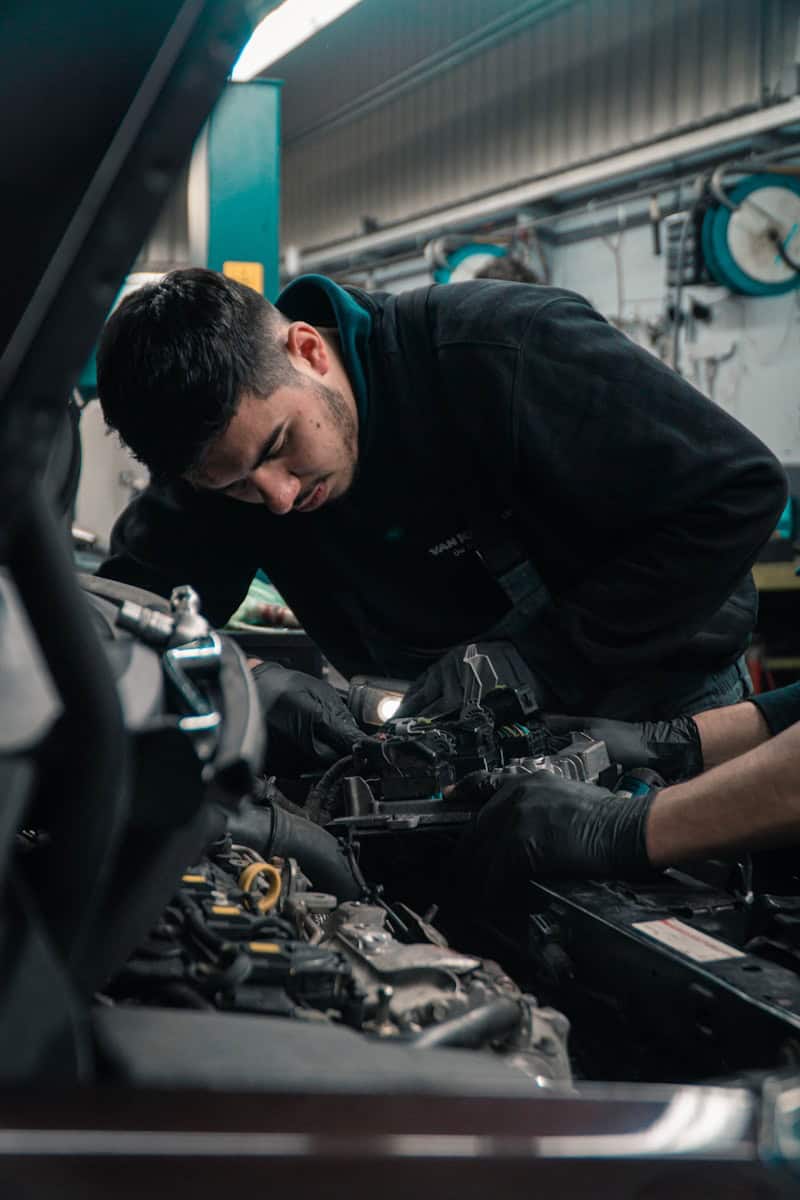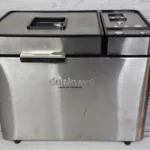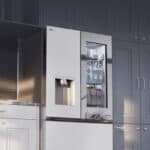When your car’s check engine light turns on, it may be due to a P0430 engine code. This code means that the catalytic converter is not working as well as it should. The catalytic converter is a part that reduces harmful gases from the engine. It sits close to the engine’s bank 2. The bank 2 means it’s on the side of the engine with the second group of cylinders.
If you have a P0430 code, your car might still drive okay. But it is not a good idea to ignore this warning. The efficiency problem could lead to more issues. It is often caused by a problem with the catalytic converter itself. But it could also be due to a bad oxygen sensor or a leak in the exhaust system.
It is important to fix a P0430 code to keep the car running well and not harm the environment. A mechanic can use special tools to check the exhaust system. This will help them find out why the catalytic converter is not efficient. If you see this code, you should take your car for service soon.
Demystifying the P0430 Engine Code: What It Means and What to Do
The P0430 engine code is a common diagnostic trouble code (DTC) that can trigger the check engine light in your vehicle. While it might sound alarming, understanding what it means and how to address it can save you time and money.
What Does P0430 Mean?
The P0430 code indicates that the catalyst system efficiency is below the threshold for bank 2. This refers to the catalytic converter responsible for reducing harmful emissions on the side of the engine that doesn’t contain cylinder #1.
Common Causes of P0430
| Potential Cause | Description |
|---|---|
| Failing Catalytic Converter | The most common culprit, often due to age, wear, or damage. |
| Faulty Oxygen Sensor (O2 Sensor) | The sensor monitoring the catalytic converter’s efficiency may be malfunctioning. |
| Exhaust Leaks | Leaks in the exhaust system can introduce unmetered air, affecting the catalytic converter’s performance. |
| Engine Misfires | Misfiring cylinders can send unburned fuel to the catalytic converter, causing damage over time. |
Troubleshooting and Solutions
- Check for Other Codes: A P0430 code might be accompanied by other DTCs. Addressing those issues first can sometimes resolve the P0430 code as well.
- Inspect for Exhaust Leaks: Look for visible signs of leaks in the exhaust system, such as cracks, holes, or loose connections.
- Replace Oxygen Sensors: If the O2 sensor is faulty, replacing it can often resolve the issue.
- Replace Catalytic Converter: If the catalytic converter is damaged or failing, replacement is the most common solution.
Important Considerations
- Don’t Ignore It: While a P0430 code might not immediately affect your vehicle’s drivability, it can lead to decreased fuel efficiency and increased emissions.
- DIY vs. Professional Repair: Some of the troubleshooting steps, like checking for exhaust leaks, can be done at home. However, replacing O2 sensors or catalytic converters might require professional assistance.
- Cost: The cost of repairs can vary depending on the underlying cause and whether you choose DIY or professional repair. Replacing a catalytic converter can be expensive, so it’s important to accurately diagnose the issue.
Understanding Engine Code P0430
Engine code P0430 deals with the performance of the catalyst system in a vehicle’s exhaust. It points to a common issue that drivers may face.
Catalyst System Efficiency Below Threshold
The P0430 code means the catalyst system’s efficiency for bank 2 is below the threshold. The catalyst system includes a catalytic converter. It helps reduce pollution. The code often surfaces when the catalytic converter is not working as well as it should. This could be due to a faulty catalytic converter. It could also mean problems with other parts like the oxygen sensors or exhaust leaks.
Symptoms and Signs of P0430 Code
When the P0430 code appears, your car’s check engine light or MIL might turn on. There can be signs like a rough idle or lack of power from the engine. There might be no obvious signs at all. An oxygen sensor in bank 2 of the exhaust system has found that something is wrong. Drivers should not overlook this issue. It can lead to more damage inside the engine if ignored.
Diagnosing and Repairing P0430
When your car shows a P0430 engine code, it usually means there’s an issue with the catalytic converter’s efficiency. The catalytic converter is part of the exhaust system and helps reduce pollution. To fix this code, you need the right tools and knowledge about common repairs.
Diagnostic Tools and Procedures
Mechanics start with a scan tool to read fault codes. This tool helps find out if the catalytic converter is working well. They also look at the oxygen sensors. These sensors are found in the exhaust. They can tell you how much oxygen is in the gases leaving the car.
Here’s what a mechanic might do to diagnose the problem:
- Scan for Codes: Use the scan tool to look for P0430 and any other codes.
- Check Freeze Frame Data: This tells you the conditions when the fault happened.
- Inspect the Exhaust System: Look for leaks that could cause the code.
- Test Oxygen Sensors: Both the upstream and downstream sensors need to work right.
- Check the Catalytic Converter: If it’s not working, it might need to be replaced.
Common Fixes for the P0430 Code
The P0430 code can be tricky. Sometimes you have to do multiple repairs. Here are some common fixes:
- Replace Oxygen Sensors: If they are not working, new ones might be needed.
- Fix Exhaust Leaks: Leaks can cause wrong readings. These should be patched up.
- Replace Catalytic Converter: When the converter is faulty, you need a new one.
- Check Fuel Injectors: If they leak or don’t spray right, they could be the problem.
Costs can vary for these repairs. A mechanic at an auto repair shop can give you an estimate. Here’s what the costs might look like:
| Repair | Estimated Cost |
|---|---|
| Oxygen Sensors | $200 – $400 |
| Exhaust Leak | $100 – $200 (if minor) |
| Catalytic Converter | $900 – $2500 |
| Fuel Injectors | $150 – $300 each |
Remember to get this code fixed soon. Driving too long with it can hurt your engine. If you follow these steps, you’ll be on your way to a solution.
Frequently Asked Questions
This section answers common questions about the P0430 engine code. It covers solutions and specific details for different vehicle brands.
How can I resolve a P0430 diagnostic trouble code?
To resolve a P0430 code, one should first inspect the catalytic converter. Other steps may include checking the oxygen sensors and exhaust for leaks. A mechanic can give the best advice.
Where is Bank 2 located in relation to a P0430 code?
Bank 2 is on the side of the engine that does not have the first cylinder. For a P0430 code, it refers to the bank of the engine opposite to Bank 1.
What are the potential repairs for a P0430 code on a Ford vehicle?
For a Ford with a P0430 code, repairs could involve replacing the catalytic converter. It might also mean fixing oxygen sensors or checking for exhaust leaks.
What does a P0430 code indicate on a Chevrolet vehicle?
On a Chevrolet, a P0430 code implies the catalytic converter’s efficiency is below the required threshold. It usually means it’s time to check the converter and related parts.
What are common solutions for a P0430 trouble code on a Nissan?
Common fixes for a Nissan with a P0430 code include replacing the catalytic converter. Other solutions involve repairing oxygen sensors and sealing exhaust leaks.
What should be done when a vehicle with a P0430 code runs fine without any apparent issues?
Even if the vehicle runs well, a P0430 code should not be ignored. It’s important to check the catalytic converter and sensors. This helps avoid future car troubles.







